Head Injuries Commonly Occur from Nursing Home Falls
Most head injuries are preventable by definition. They occur as a result of a failure to provide adequate supervision or timely response to vulnerable adults often when trying to get out of bed, after a call light goes without being answered or getting up from a toilet when left alone, or from improperly performed transfers from patient lifts such as Hoyer type lifts.
Head Injuries Include Subdural Hematomas
It does not take a fall from a high place or extremely hard trauma to cause permanent injury to the head. Many subdural hematomas occur when someone falls from the height of their bed to the floor. The nightstand or other obstacles such as oxygen tanks are also a risk for head injury if there is a fall. The sharp corners and hard material can cause a localized injury or cut which can lead to swelling, bleeding and sometimes death if not addressed immediately.
Information about Head Injuries and Traumatic Brain Injury
According to the Alzheimer’s Association, traumatic brain injury is a threat to cognitive health in two ways:
- A traumatic brain injury’s direct effects, which may be long-lasting or even permanent, can include unconsciousness, inability to recall the traumatic event, confusion, difficulty learning and remembering new information, trouble speaking coherently, unsteadiness, lack of coordination and problems with vision or hearing.
- Certain types of traumatic brain injury may increase the risk of developing Alzheimer’s or another form of dementia years after the injury takes place.
The Center for Disease Control, CDC states: in general, total combined rates for traumatic brain injury (TBI)-related emergency department (ED) visits, hospitalizations and deaths have increased over the past decade. Total combined rates of TBI-related hospitalizations, ED visits, and deaths climbed slowly from a rate of 521.0 per 100,000 in 2001 to 615.7 per 100,000 in 2005. The rates then dipped to 595.1 per 100,000 in 2006 and 566.7 per 100,000 in 2007. The rates then spiked sharply in 2008 and continued to climb through 2010 to a rate of 823.7 per 100,000.
Total combined rates of TBI-related hospitalizations, ED visits, and deaths are driven in large part by the relatively high number of TBI-related ED visits. In comparison to ED visits, the overall rates of TBI-related hospitalizations remained relatively stable changing from 82.7 per 100,000 in 2001 to 91.7 per 100,000 in 2010. TBI-related deaths also decreased slightly over time from 18.5 per 100,000 in 2001 to 17.1 per 100,000 in 2010. Note that the axis scale for TBI-related deaths appears to the right of the chart and differs from TBI-related hospitalizations and ED visits.
Minnesota Elder Abuse and Neglect and Head Injury Attorney
Attorney Kenneth LaBore has handled hundreds of elder abuse and neglect cases involving serious injury or death and many due to falls and often resulting in head trauma with some form of permanent brain injury. Many of these cases and injuries have been prevented with proper care and supervision by the provider.
For a free consultation with Kenneth LaBore concerning injuries from falls, including TBI and head injury or other types of elder abuse call 612-743-9048 or 1-888-452-6589 or by email KLaBore@MNnursinghomeneglect.com.
Disclaimer


